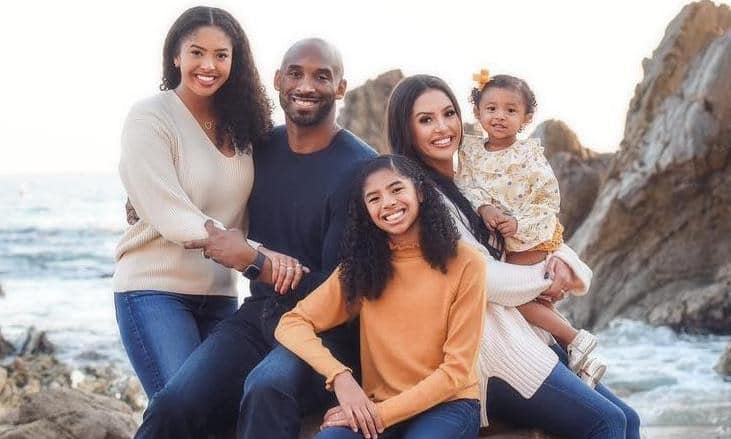
While the quarantines, shutdowns, and social distancing measures related to the pandemic have been difficult for everyone, the elderly have been particularly hard hit. Since seniors face the most health risks from COVID-19, most of them have been careful to avoid close contact with their family members, and this has left many grandparents unable to visit with their grandchildren for close to a year now.
This loss of in-person connection for such an extended period of time can cause people to feel isolated and lonely, which can eventually lead to mental health issues like depression. At the same time, children who are unable to spend time with their grandparents may experience confusion and anxiety over their lost relationship.
With this in mind, here are a few tips for helping seniors maintain a connection with their grandchildren during the pandemic using web-based technology like FaceTime, email, and instant messaging (IM). And though video chats, texts, and IMs will never replace in-person visits, they offer one of the most effective ways of keeping those relationships—and everyone’s spirits—as strong as possible during these dark times.
- Reading Stories
One way for grandparents to feel more connected with their grandkids is to read stories over video chat or smartphone. Choose a favorite book at the grandchild’s reading level, and take turns reading pages. This can give the grandchild the added benefits of improving reading skills, building their vocabulary, and helping them develop their speaking abilities. By picking a regular time to call and read together each week, it can also give both of them something to look forward to.
- Playing Games
Even though in-person visits are too risky right now, family game night can still happen. Grandparents and grandkids have many options for online gaming, including even classic board games, such as Scrabble, Monopoly, and Clue. Like their traditional counterparts, online games also help children develop math and vocabulary skills while they are having fun.
- Emailing, Texting, and Instant Messaging
Texts, emails, and IMs sent to one another on a regular basis can help grandparents stay connected and up-to-date with the latest developments in their grandkids’ lives. To catch up with one another, seniors can talk about what is happening in their lives and ask the grandkids to discuss the latest events in their own lives. When grandchildren use texts and emails, it also helps them practice writing out their thoughts and work on their spelling and grammar.
- Mailing Letters or Postcards
These days, letter writing almost seems like lost art. But sending personal letters and postcards is a great way for grandparents and grandchildren to connect with one another. Handwritten letters and postcards can also be prized keepsakes that will help grandchildren remember their grandparents long after they are gone. When possible, children should be encouraged to hand-write letters and postcards instead of typing and printing them out. They can also decorate their letters or postcards with drawings and art.
- Group Video Chats and Phone Calls
Tech-savvy grandparents can use video chat apps like Skype, FaceTime, and Google Duo to visit with the grandkids in a group setting, where everyone can see and interact with one another. Even extremely young children like toddlers can participate in video chats, which can help them bond with their senior loved ones, even across vast distances. And if video chats aren’t something a senior feels comfortable with, a similar experience can be achieved simply by using a phone. Even short, 15 to 20-minute calls made on a regular basis can help grandparents and grandkids feel more connected and less isolated.
For the Love of Your Family
With coronavirus infections and deaths currently surging to record levels, it’s more critical than ever for parents and grandparents to ensure their estate planning is complete and up-to-date, including naming both short and long-term guardians for your minor children. If you’ve yet to name guardians for your kids, you should do so immediately.
In addition to ensuring your kids will be protected and provided for no matter what, the estate planning process itself can offer a unique opportunity to enhance your connection with your children and grandchildren. Communicating clearly about what you want to happen in the event of your death or incapacity (and talking with your kids about what they want) can foster a deep bond and sense of intimacy.
![]()















